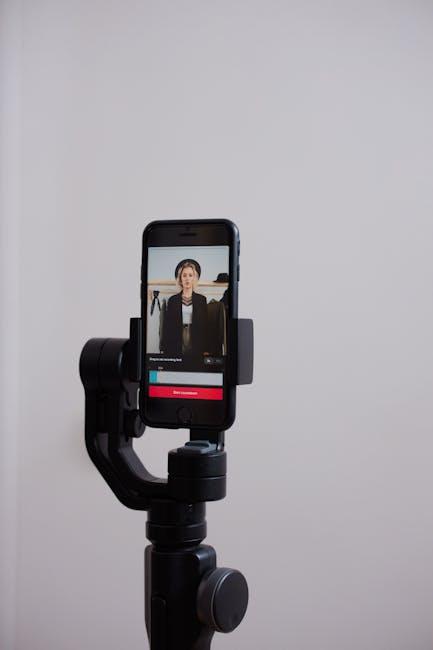In recent years, streaming platforms have become an integral part of our daily entertainment consumption, offering a vast array of content at our fingertips. However, as these services compete for user attention and loyalty, they have increasingly packed their applications with a multitude of features. While some enhancements aim to improve user experience, others may seem redundant or overly complex, potentially burdening devices and frustrating users. This article explores whether streaming platforms are overloading devices with unnecessary features, examining the impact on device performance and user satisfaction, and considering what this trend means for the future of digital streaming services.
Understanding the Impact of Feature Overload on Device Performance
In the race to offer more, streaming platforms often incorporate an array of features that, while impressive, can inadvertently burden devices. These features, ranging from high-definition streaming to interactive content, require significant processing power and memory. Devices, especially older models, may struggle to keep up, leading to slower performance and even potential overheating. As developers continue to innovate, it’s crucial to strike a balance between enriching user experience and maintaining optimal device performance.
- High Data Usage: Advanced features can increase data consumption, affecting both bandwidth and speed.
- Battery Drain: Additional functionalities may lead to quicker battery depletion, especially on mobile devices.
- Software Compatibility: Not all devices are equipped to handle new updates, causing compatibility issues.
To mitigate these issues, users can disable unnecessary features, regularly update their devices, and monitor app permissions. By doing so, they can ensure that their devices remain efficient while still enjoying the benefits of modern streaming services.

Evaluating User Experience: Are Streaming Platforms Meeting Actual Needs
In the quest to capture and retain user attention, many streaming platforms have evolved into feature-rich ecosystems. However, this raises the question of whether these additional features are truly enhancing the user experience or simply cluttering the interface. A closer look reveals a mixed landscape where some features genuinely add value, while others may be deemed superfluous.
Key considerations for evaluating the necessity of these features include:
- User Control: Are users given the option to customize their interface to remove unwanted features?
- Performance Impact: How do these features affect device performance and streaming quality?
- Accessibility: Do these features improve or hinder accessibility for all users?
- Actual Usage: What percentage of users actively engage with these features, and are they perceived as beneficial?
By focusing on these aspects, streaming platforms can better align their offerings with actual user needs, ensuring that innovation does not come at the cost of usability.

Balancing Innovation and Usability in Streaming Services
In the race to captivate audiences, streaming platforms are innovating at breakneck speed, often at the cost of usability. While new features like voice control, personalized recommendations, and interactive content can enhance user experience, they can also lead to overwhelming interfaces. As platforms continuously roll out updates, users are left grappling with a plethora of features that may not always add value. To maintain a user-friendly experience, it’s crucial for streaming services to strike a balance between adding innovative features and ensuring that these additions are intuitive and beneficial.
- Simplicity: Focus on a clean, intuitive interface that prioritizes ease of navigation.
- Customization: Allow users to personalize their experience by enabling or disabling certain features.
- Feedback: Regularly seek user feedback to identify which features are truly beneficial.
By adhering to these principles, streaming platforms can prevent feature bloat and ensure that their innovations genuinely enhance the viewing experience without overloading users’ devices. This approach not only fosters a more enjoyable user experience but also encourages user loyalty in an increasingly competitive market.
Strategies for Optimizing Streaming Platforms for Better Device Compatibility
- Prioritize Core Features: Streaming platforms should focus on essential functionalities that enhance the user experience rather than adding excessive features that may not be universally beneficial. By prioritizing the most-used features and refining their performance, platforms can ensure that they run smoothly across a wide range of devices.
- Adopt Adaptive Streaming Techniques: Implementing adaptive streaming protocols like MPEG-DASH or HLS can significantly improve device compatibility. These techniques allow the streaming quality to adjust dynamically based on the device’s capabilities and network conditions, ensuring a seamless viewing experience without overloading the device.
To enhance compatibility, platforms should also embrace cross-platform development frameworks that enable consistent performance across different operating systems and devices. This approach not only reduces the need for device-specific customizations but also ensures that updates and new features are rolled out more efficiently. Moreover, maintaining a balance between innovation and simplicity will help prevent the unnecessary burden on devices, ensuring that users can enjoy their favorite content without technical hitches.







































